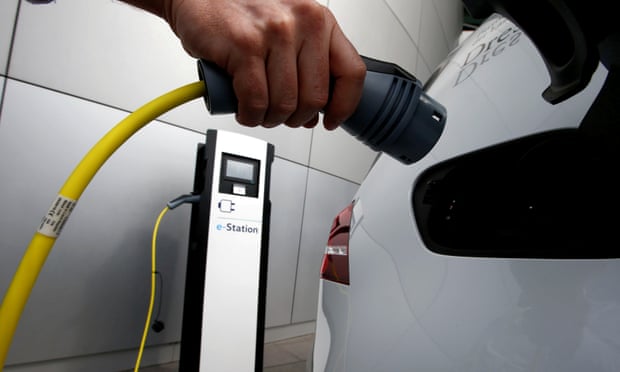One million down, another billion or so to go.
In a new report, the International Energy Agency estimates that 1.26 million electric cars hit the world's roads in 2015, passing a nifty (if symbolic) milestone. Here's a chart showing the very rapid growth of both battery electric vehicles (BEVs) and plug-in hybrids (PHEV):
 | |
| Electric cars are not the solution | Environment | The Guardian |
Electric Cars Are Not Necessarily Clean - Scientific American
coal-fired power plants, are the single-largest source of greenhouse gas pollution in the U.S., at two billion metric tons of CO2 per year. That source would grow as electric cars demand more and more electricity, unless tighter pollution controls are placed on power plants or electric utilities shift to less polluting sources such as solar. As it stands, a conventional Toyota Prius hybrid vehicle, which burns gasoline when its batteries are not engaged, and the all-electric Nissan Leaf produce roughly the same amount of greenhouse gas pollution: 200 grams per mile, according to data from the U.S. Department of Energy.
IEEE Xplore ELECTRIC VEHICLES: NOT SO FAST
"Electric vehicles: not so fast," in IEEE Spectrum, vol. 54, no. 12, pp. 24-24, December 2017.
doi: 10.1109/MSPEC.2017.8118478
Abstract:URL: http://ieeexplore.ieee.org/stamp/stamp.jsp?tp=&arnumber=8118478&isnumber=8118379
LET ME BEGIN WITH A DISCLAIMER: I am neither promoting electric
vehicles nor denigrating them. I simply observe that the rational case
for accepting EVs has been undermined by unrealistic market forecasts
and a disregard for the environmental effects involved in producing and
operating these vehicles. Unrealistic forecasts have been the norm. In
2008, Deutsche Bank predicted that EVs would claim 7 percent of the U.S.
market by 2016; in 2010, Bloomberg Businessweek put the 2016 share at 6
percent. But actual sales came to 158,614 units, just 0.9 percent of
the record 17.55 million vehicles sold that year. In his 2011 State of
the Union address, then–U.S. president Barack Obama called for 1 million
EVs on the road by 2015, and a concurrent report by the Department of
Energy claimed that the country’s production capacity in that year would
reach 1.2 million units. But the 2015 total came to 410,000 units,
representing just 0.15 percent of all vehicles on the road, and sales of
U.S. brands reached about 100,000 cars. And this triumph of hope over
experience continues. The worldwide total of EVs on the road reached 2
million units in 2016. If you plot the trajectory of the global stock of
EVs since the beginning of their sales to the year 2016, you will see
that the equation that best fits the data (a fourth-order polynomial)
projects about 32 million units in 2025. But the International Energy
Agency's 2017 EV outlook estimates growth from 40 million to 70 million
units worldwide by 2025 and from 160 million to 200 million by 2030.
/cdn.vox-cdn.com/uploads/chorus_asset/file/6600869/Screen%20Shot%202016-06-06%20at%2011.56.16%20AM.png)
